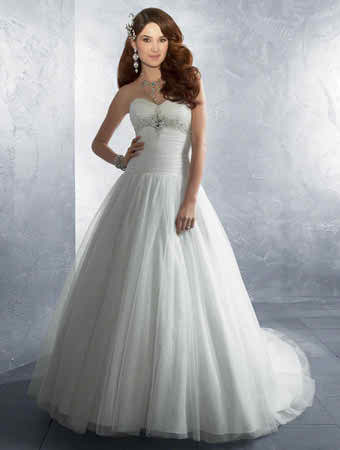In our days the wedding dress color doesn’t actually matter as much as it did some centuries ago. Of course, in the Western cultures, the most common color for wedding dresses is usually white, but this white tone that we’ve mentioned about can include shades like ivory, ecru or even eggshell.
The whiteness of the wedding dress wasn’t that popular up to the year 1840, when Queen Victoria got married. She wore a white wedding dress as to add some lace that she had. The portrait photo was published all around and it became really popular and that’s what made other brides to opt for a similar option of wedding gown as the one that the queen wore.

Even in our days you can observe the tradition being continued, with the symbol of a white wedding and this is definitely due to the Victorian age. But, in some areas white didn’t seem to be as popular, in the Scandinavian surface black was considered to be very popular when it came to wedding dresses.
<-336x280 Large Rectangle - center->
Here’s where the idea of virginity and pureness intervenes, being associated with the white tone. This wasn’t the original intention of the white wedding dress; the tone that was connected to purity was in fact blue. The white wedding dress is usually worn in the Western Catholic tradition and in our days and some time ago was a symbol of virginity and purity. White gowns were also used for the first communion and there were also a popular way of getting women dressed in order to make religious vows.
Differently from the Western culture in which even in our days white wedding dresses are really popular and in some cases a must have, the Eastern wedding dresses are colored in red – the color being a symbol of good luck.
Such colors are most common to be observed in India, Vietnam and China and it’s considered as being a symbol of bad luck if the bride doesn’t wear a wedding dress in this particular color.
The traditional clothing for weddings is named sari in the Indian culture. This type of garment is done traditionally of silk and throughout the time you can observe different fabric choices that were changed by the Indian brides.
In our days you can observe other fabrics used in the sari dress, there’s tissue, satin, crepe or Georgette and the colors changed as well, but we consider these in the same chromatic area like: maroon, brown, yellow, pink, gold, orange or brown.
The Japanese brides change three or even more wedding dresses during the ceremony and they celebrate their vows and happiness in the very well known kimono, which is made in white.

